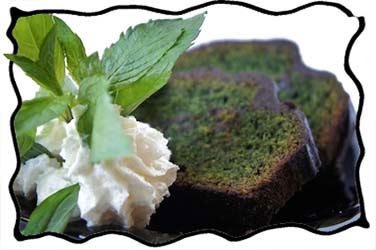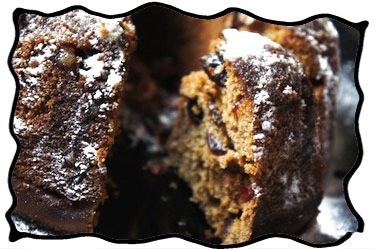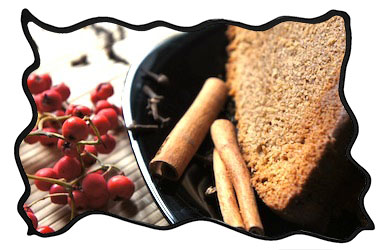Butter Pound Cake Recipes
Home › Butter Pound Cake Recipes
Pound cake or Butter cake or sour cream cake?
Some may argue and probably many recipe websites may create an idea that these three are completely different cakes. They will be right to a certain extent. An experienced baker can tell the difference between pound cake, butter cake and sour cream cake. They may have a slightly different texture, density and color. However they have got more similarities rather than differences.
So what are the similarities?
- Leavening agent: baking soda or baking powder;
- High rising potential: the cake batter 'grows' up to 100% of the initial volume;
- Texture: moist, flavourful, long lasting.
And the differences?
- Proportion of main ingredients: butter, sugar, eggs, flour;
- Incorporation of additional ingredients: sour cream, buttermilk, yoghurt;
- Replacing some of the ingredients with other components, e.g. buttermilk with fruit puree, butter with chopped nuts, etc.
What is the role of each of the ingredients?
- Sugar is a natural water absorber, it tenderizes and moistens a cake.
- Butter, oil or shortening tenderizes the cake, softens and moderates the structure, and enhances flavor.
- Eggs help to emulsify the batter; beaten egg whites additionally serve as leavening agents, however they also dry a cake: remember angel food cake made of egg whites and flour, it is spongy and dry. Egg yolks otherwise contain fat and tenderize a cake.
- Flour: fixes the cake structure. Low protein flour is preferred for cakes: the higher is the protein, the tougher cake it will make.
Bread flour contains 14 - 16% of protein.
All-purpose flour ranges between 9 - 12% of protein.
Pastry flour is usually 9-10% protein.
Cake flour has the lowest protein level of 7-8%.
The exact protein content varies by brand, by region, and also by country.
Although low protein flour is recommended, all-purpose flour will do perfectly fine for most of homemade cakes. However for butter pound cake recipe the level of protein is not so critical as for sponge cake recipe.
- Baking soda or baking powder enlarges the bubbles in the batter, causing the cake to rise to its potential.
- Sour cream, yoghurt, buttermilk or another fermented milk product is an acid ingredient to react with the baking soda and release carbon dioxide which creates bubbles and raises the cake when baking.
butter pound cake baking technique
The easiest technique used for making a pound or butter cake is called 'one bowl' method. All liquid ingredients: eggs, butter or oil, buttermilk, flavorings and other are combined together and mixed with sugar. Then dry ingredients are added gradually and the mixture is blended until even.
An advanced technique is called 'creaming' method, which incorporates one additional step. Before blending all the liquid ingredients together, butter at room temperature is beaten with sugar about 5-10 minutes. The purpose of this process is to aerate the batter. Beating starts at low speed with gradual increase. The air bubbles in the butter will multiply and strengthen as the speed of beating is gradually increased. A well aerated batter will make a cake with good volume and a soft crumb. After that eggs and other liquid ingredients are added, continuing creaming to form the air cells. Finally dry ingredients are folded in, mixing after each addition.
There is also a third way named 'combination' method she egg whites are whipped separately and added to the creamed ingredients. However for shortened butter whipping egg whites doesn't give such an effect as for foam cakes due to heavier texture of pound or butter cakes.
After the batter has been mixed with one of the methods above it is put into the greased and floured baking pan and baked until ready at an average temperature of 350°F (175°C). Baking time depends on the cake size, form and the recipe details.
Butter pound cake recipe forms a basis for numerous loaves and sweet breads. An average cake is baked about 1 hour baking in a rectangular baking form.
enjoy your Magic Easy home baking!
Got A Question? Feel Free To Ask In A Comment Below!











